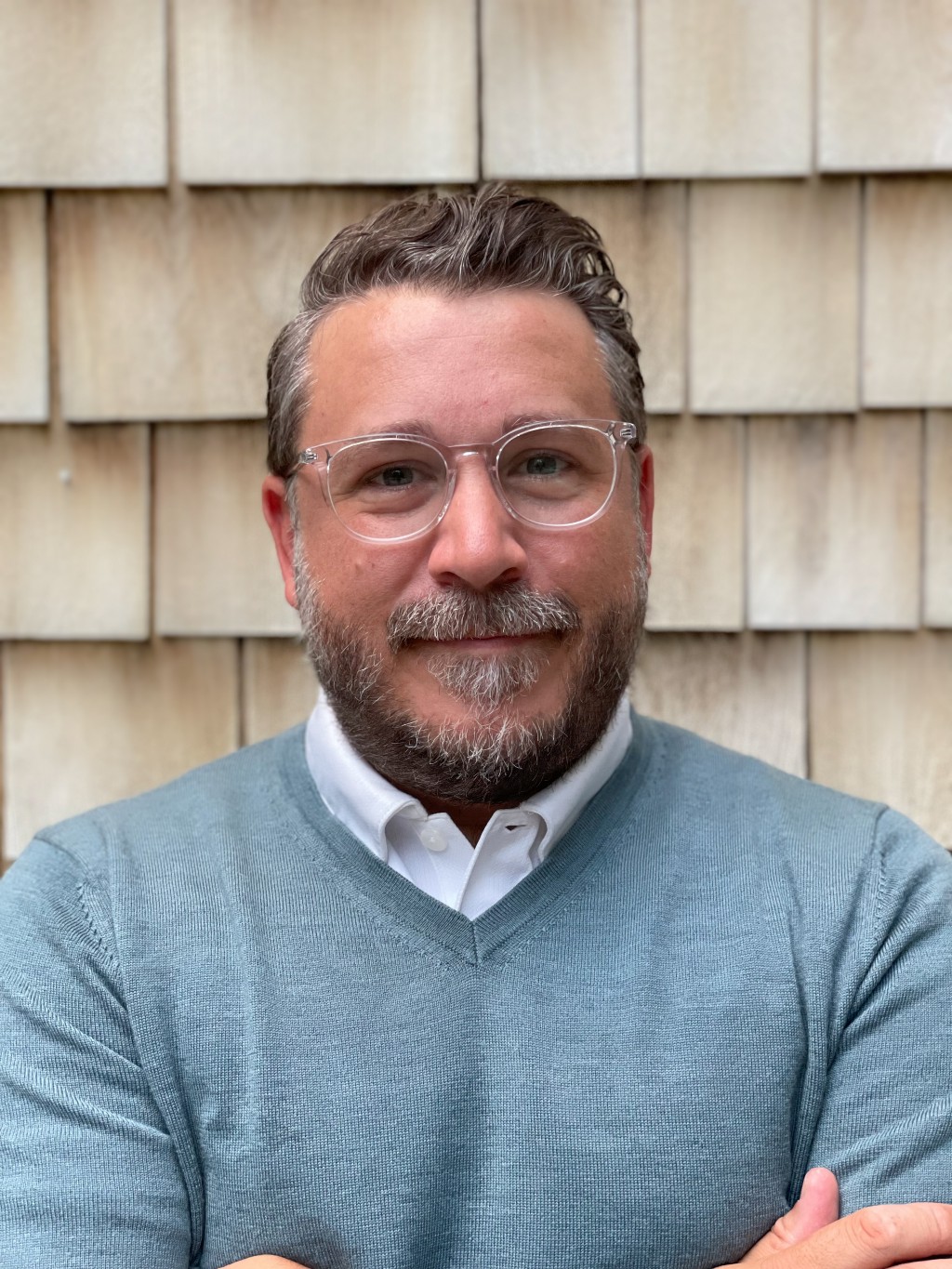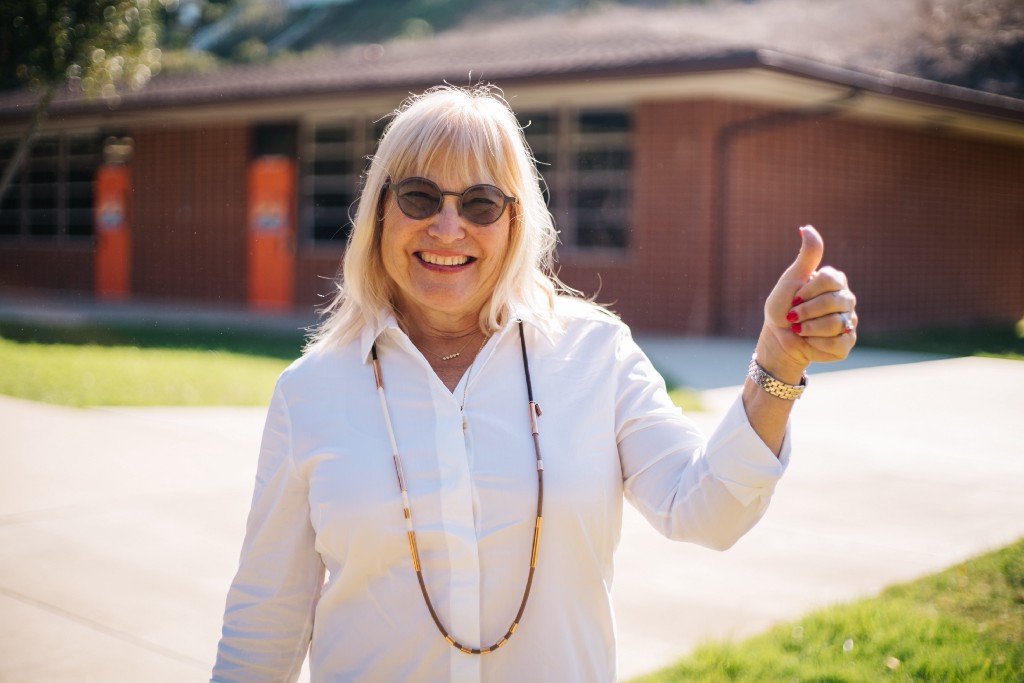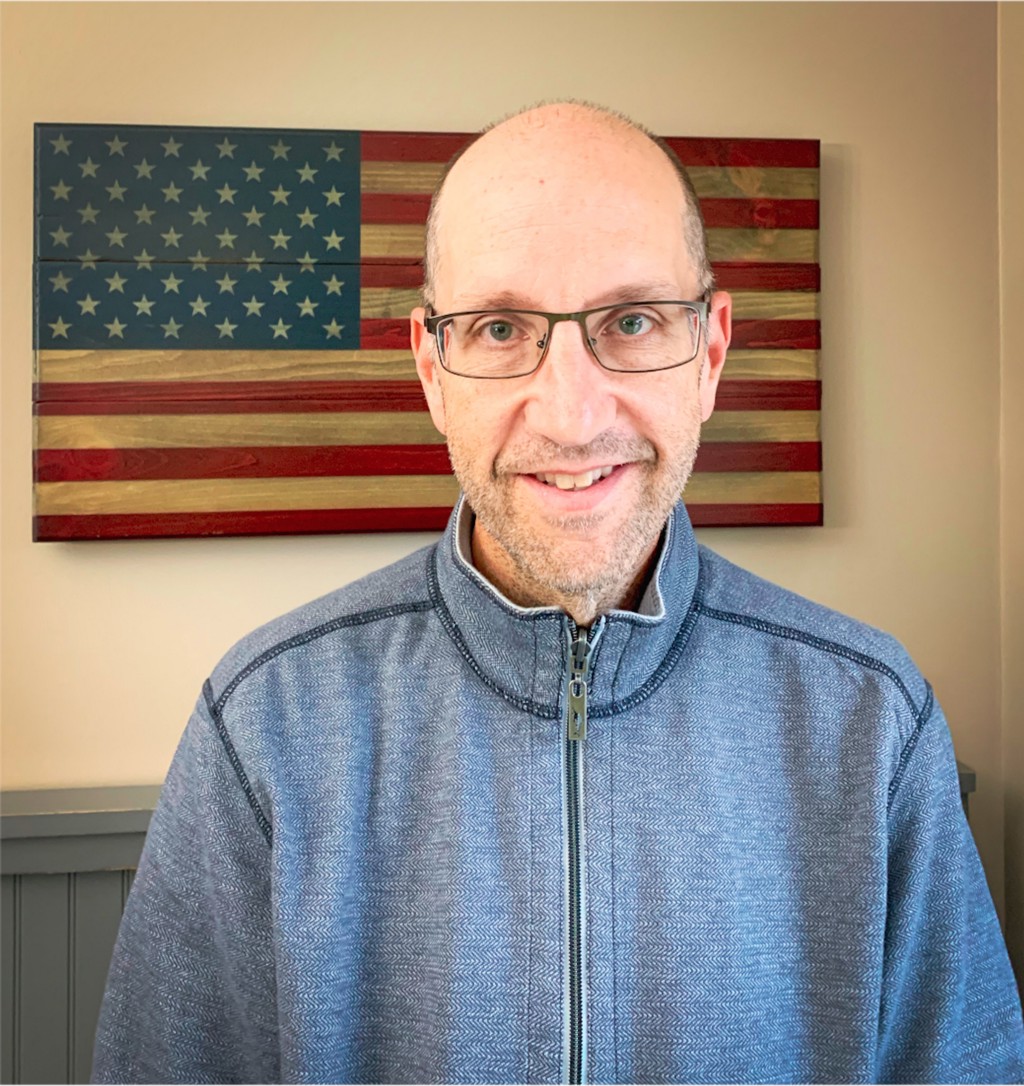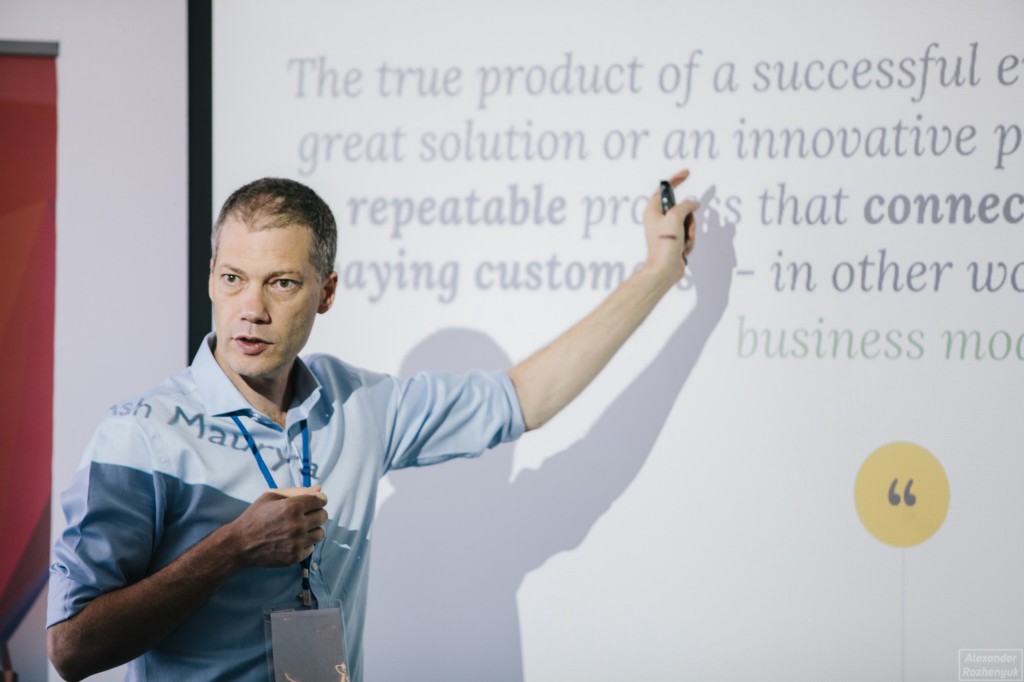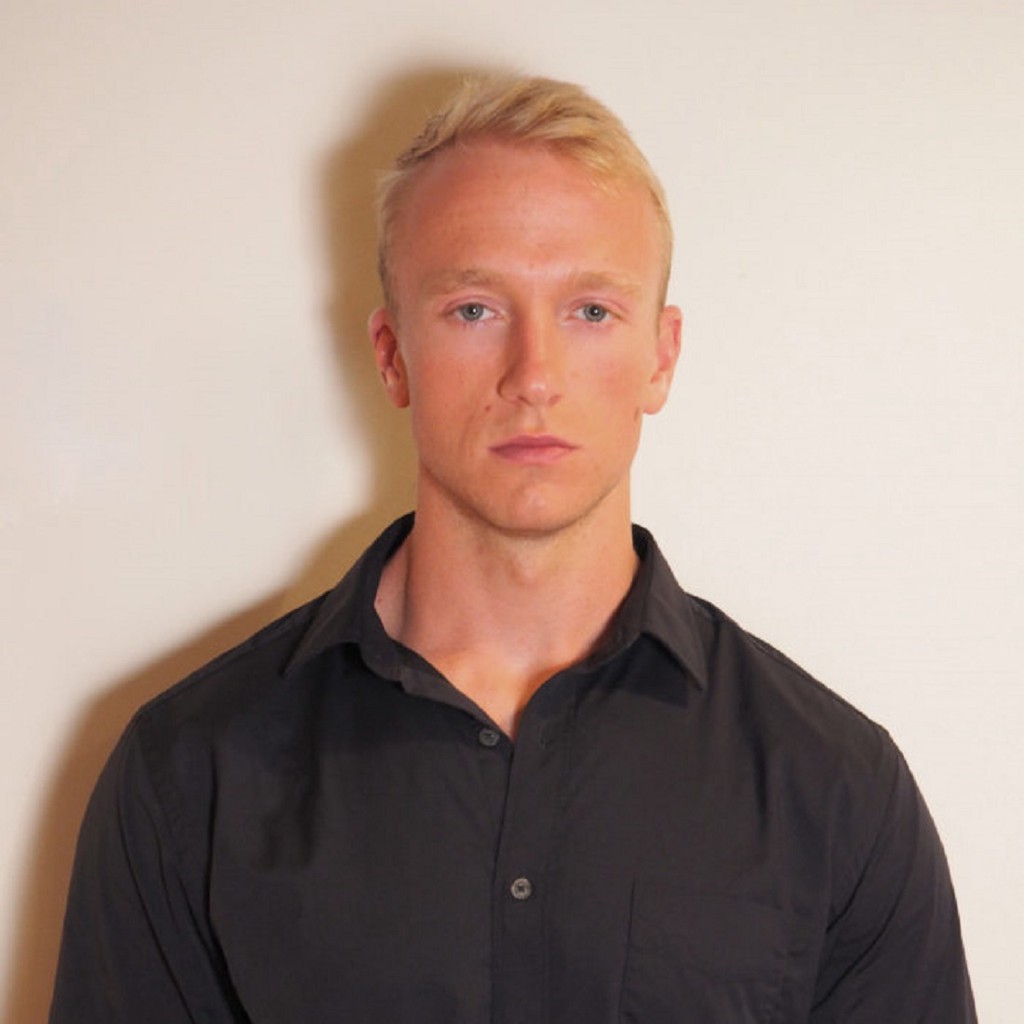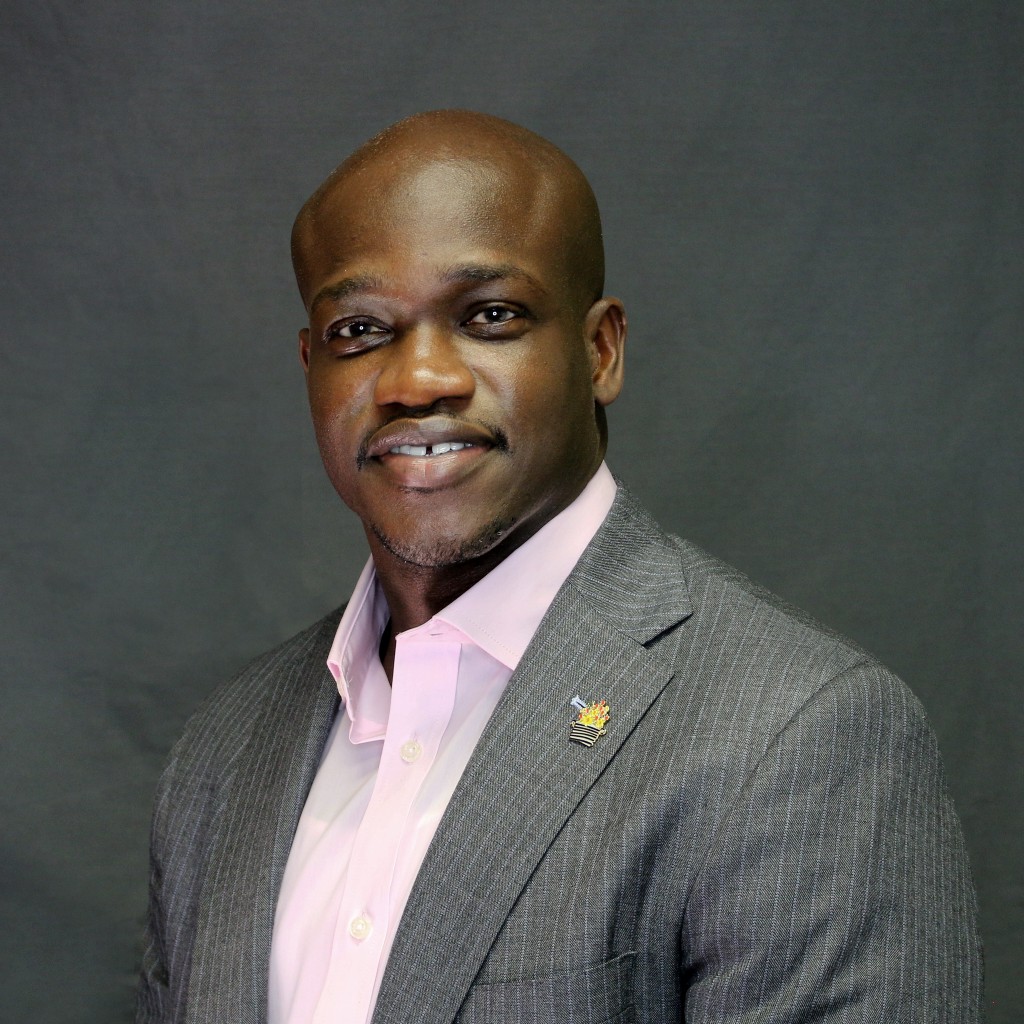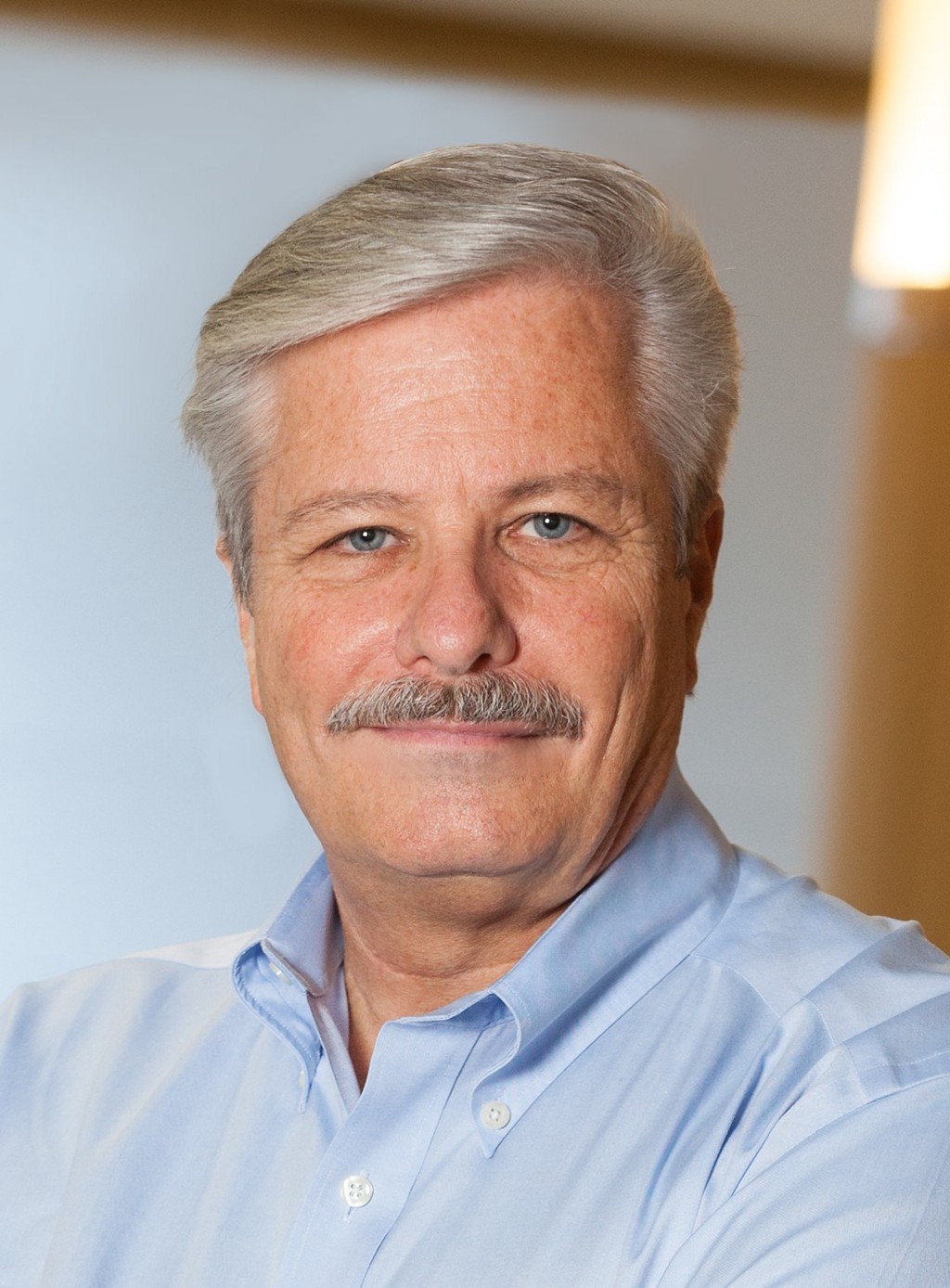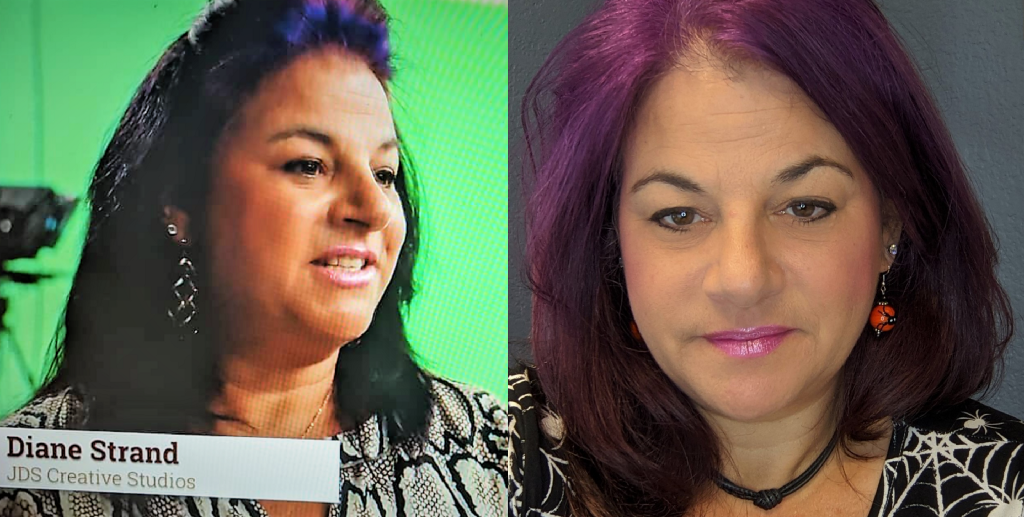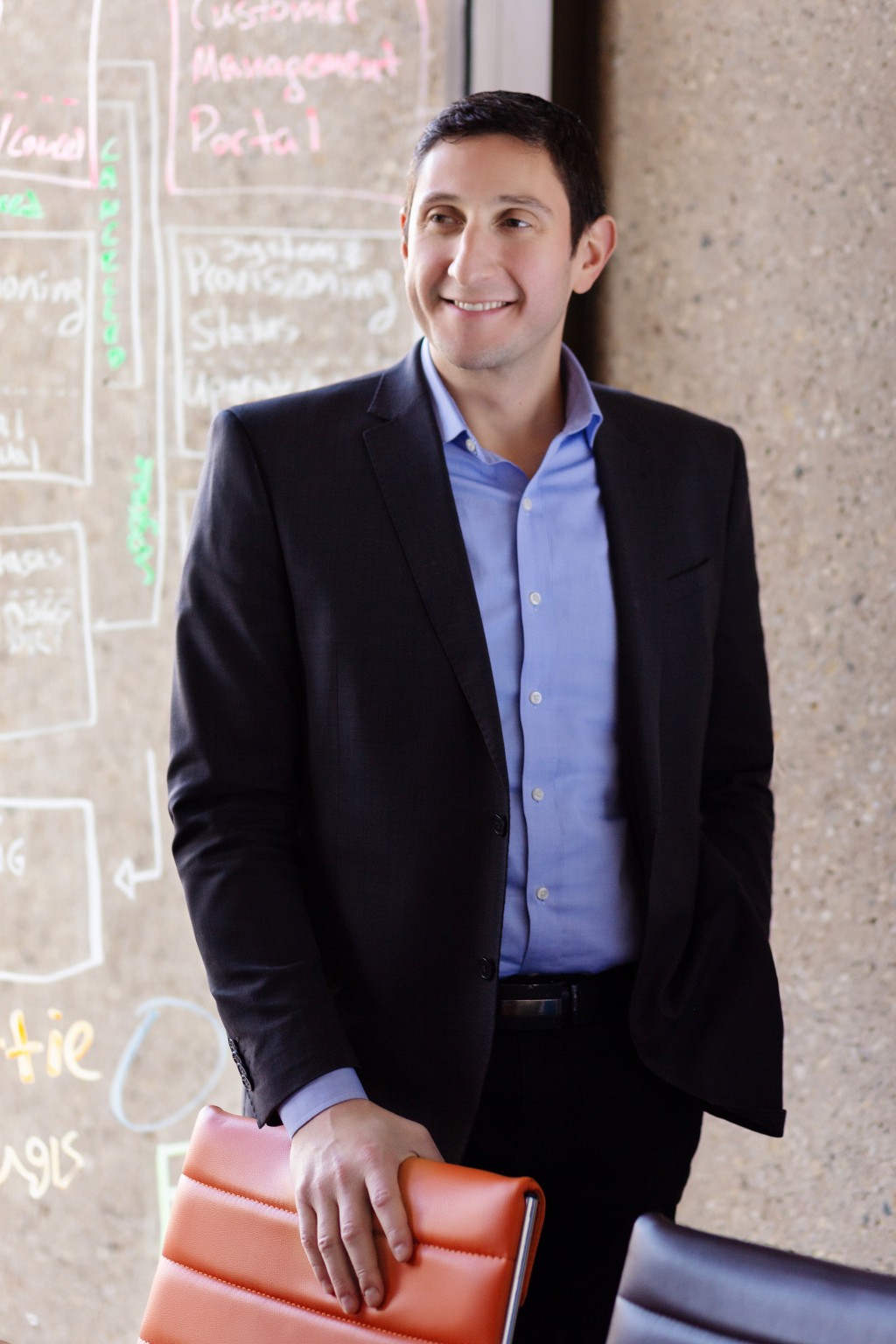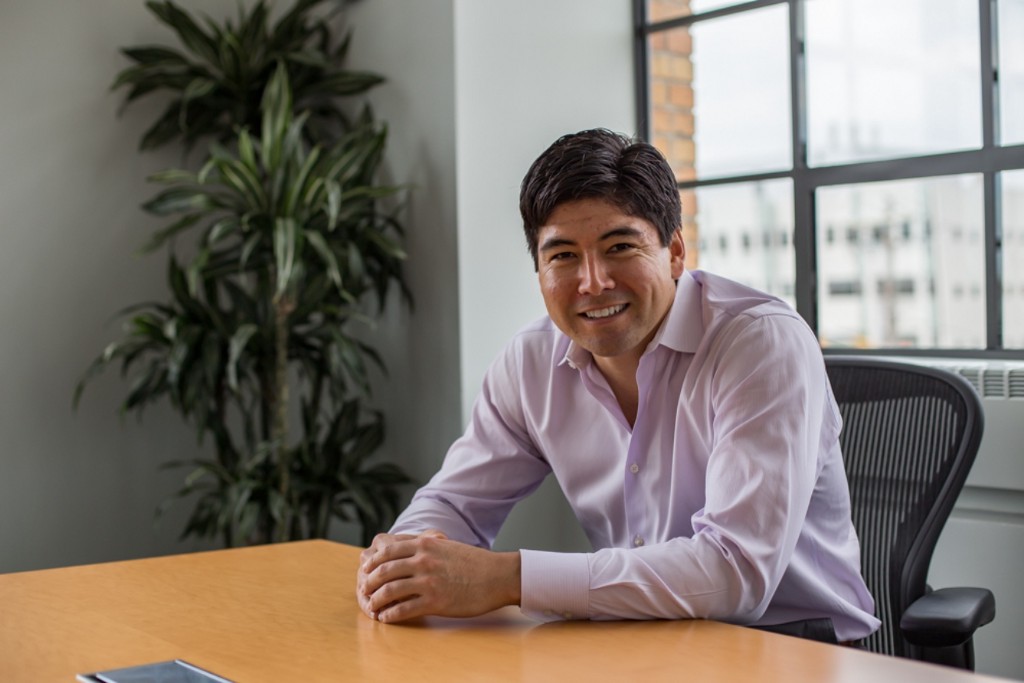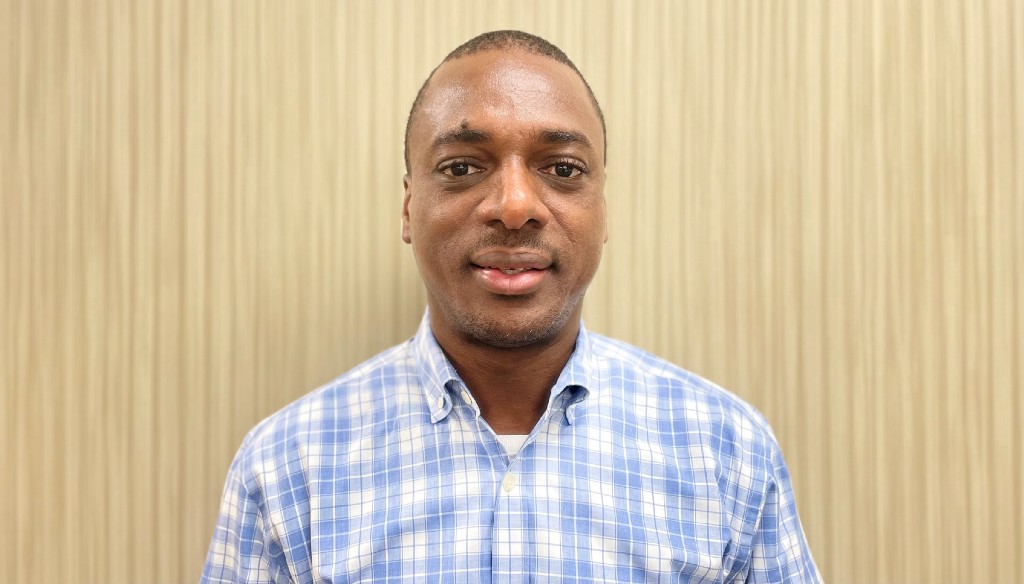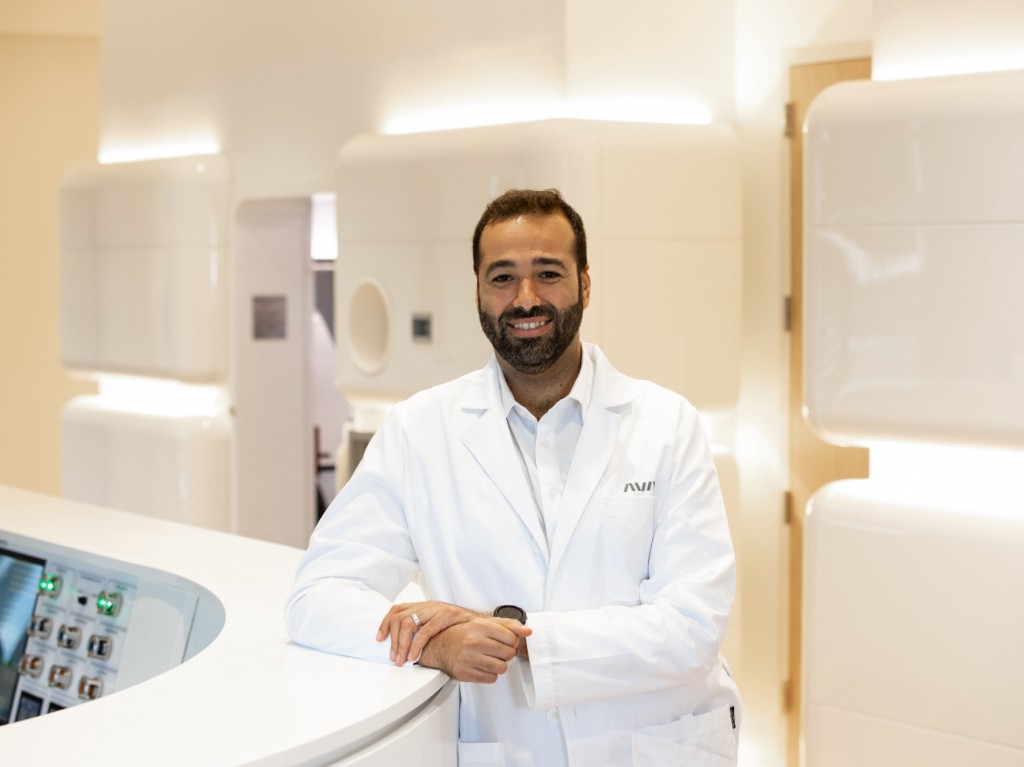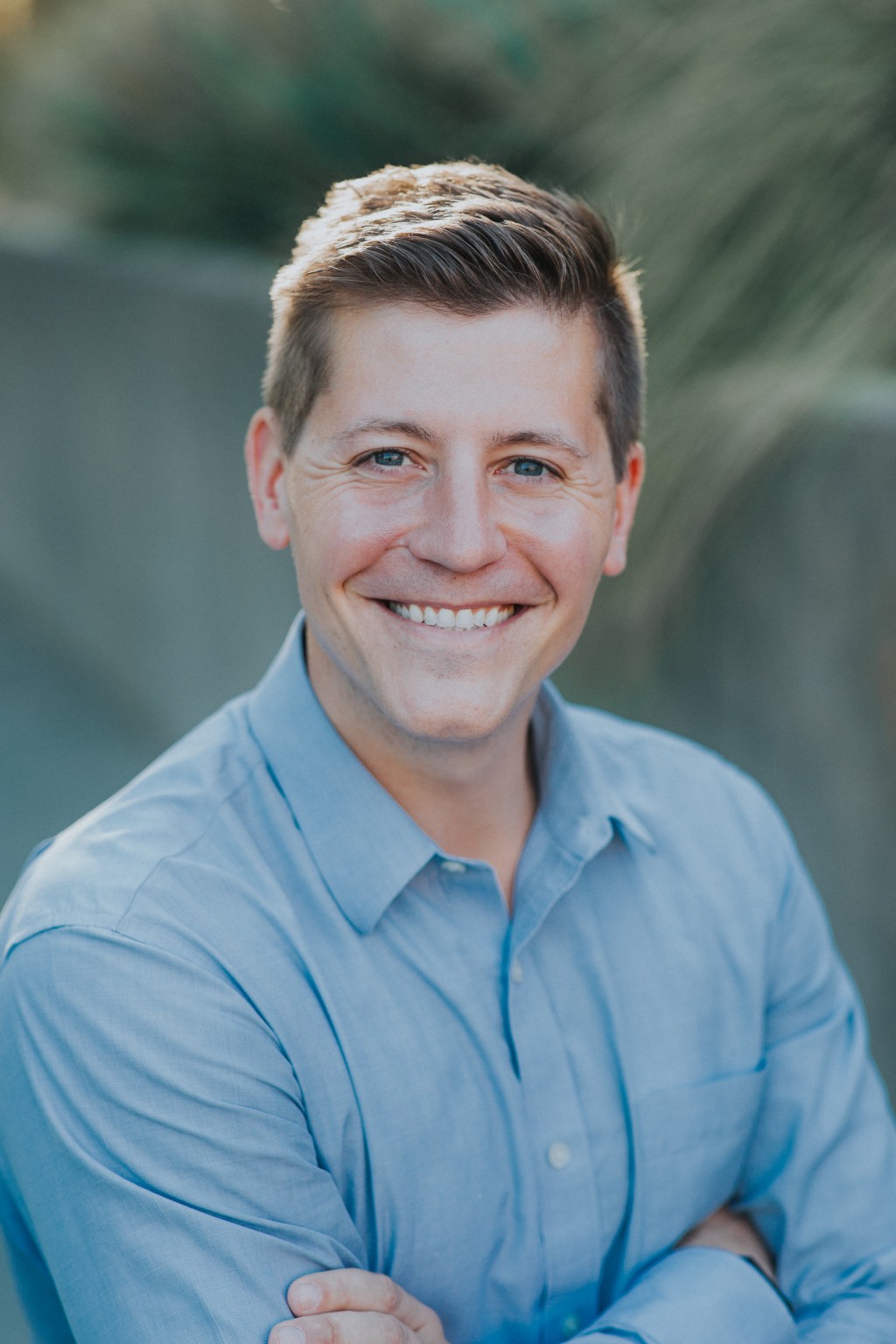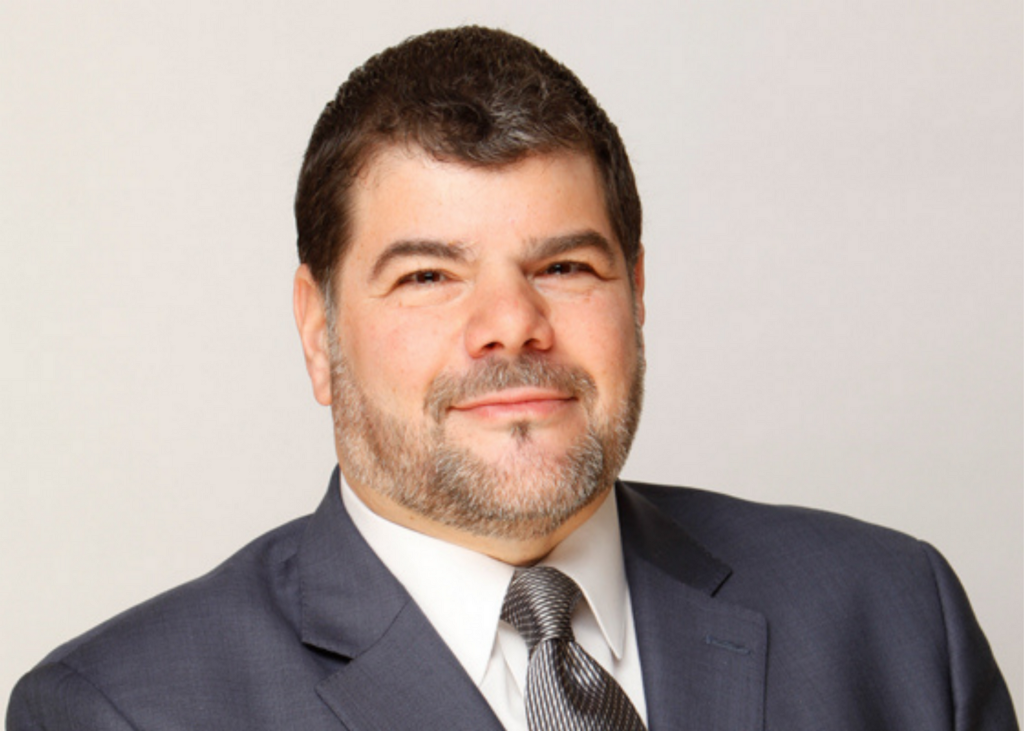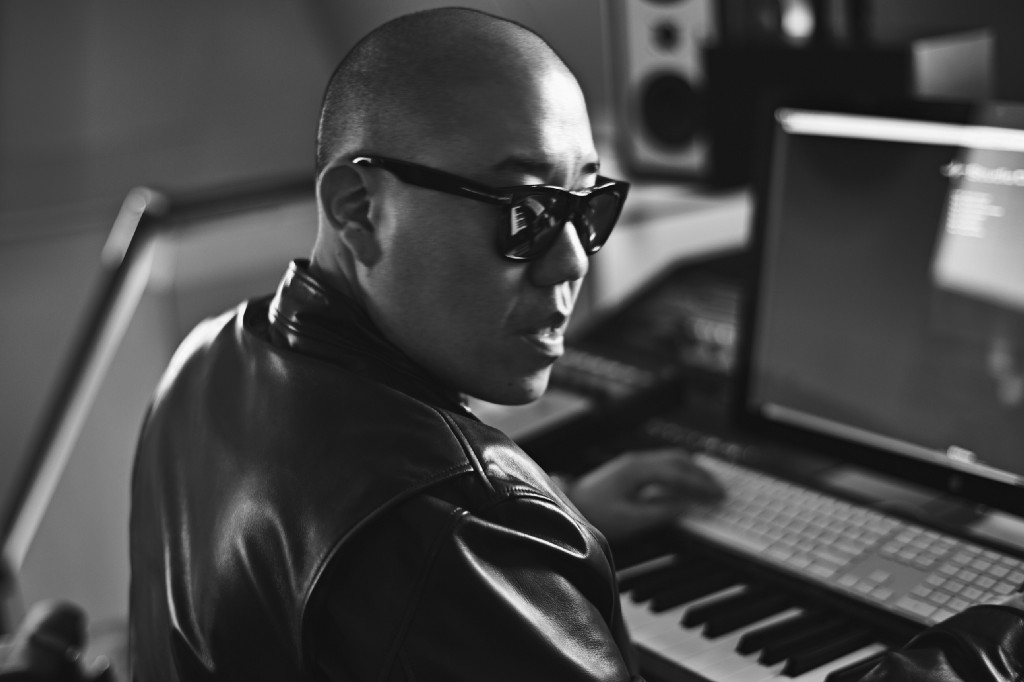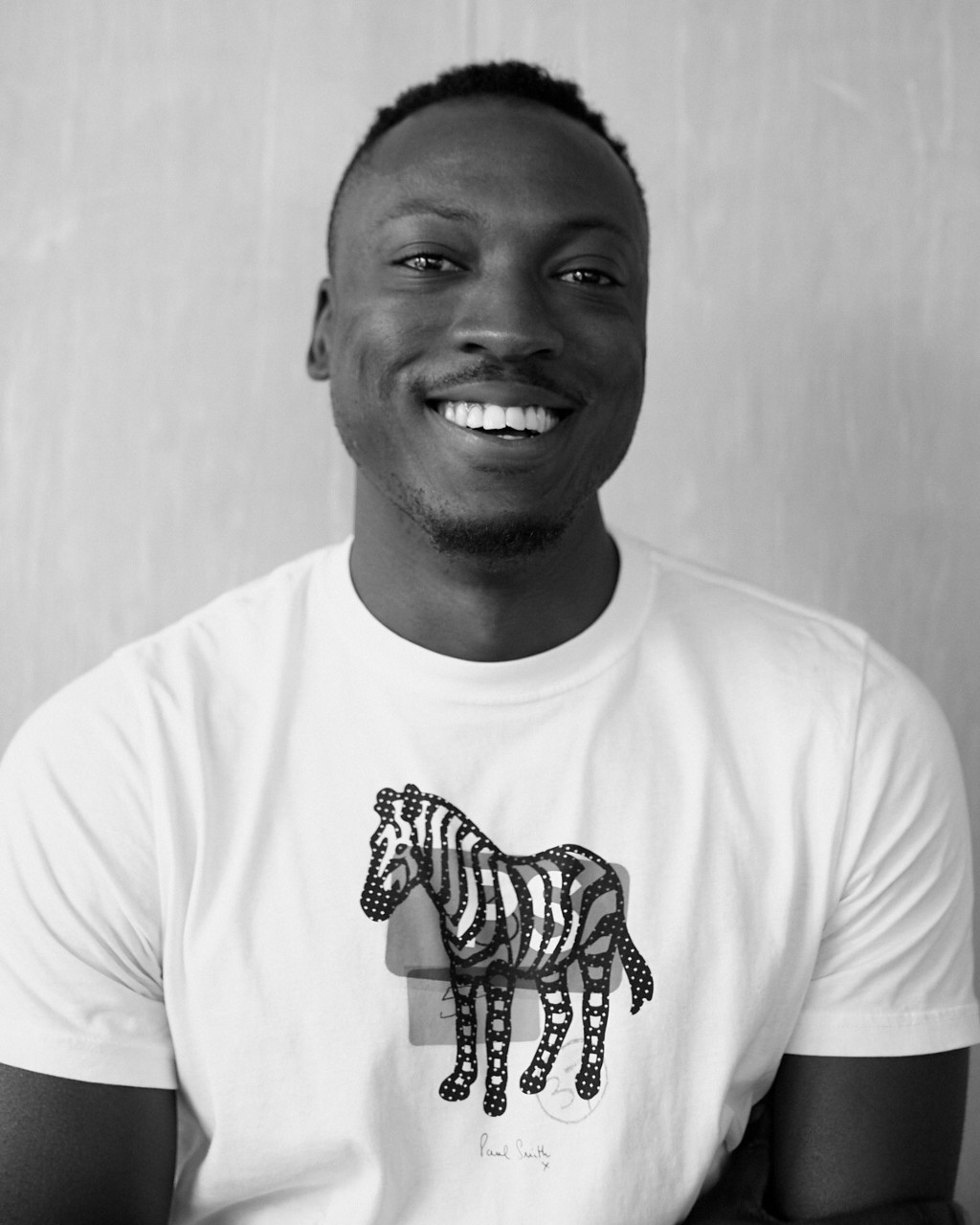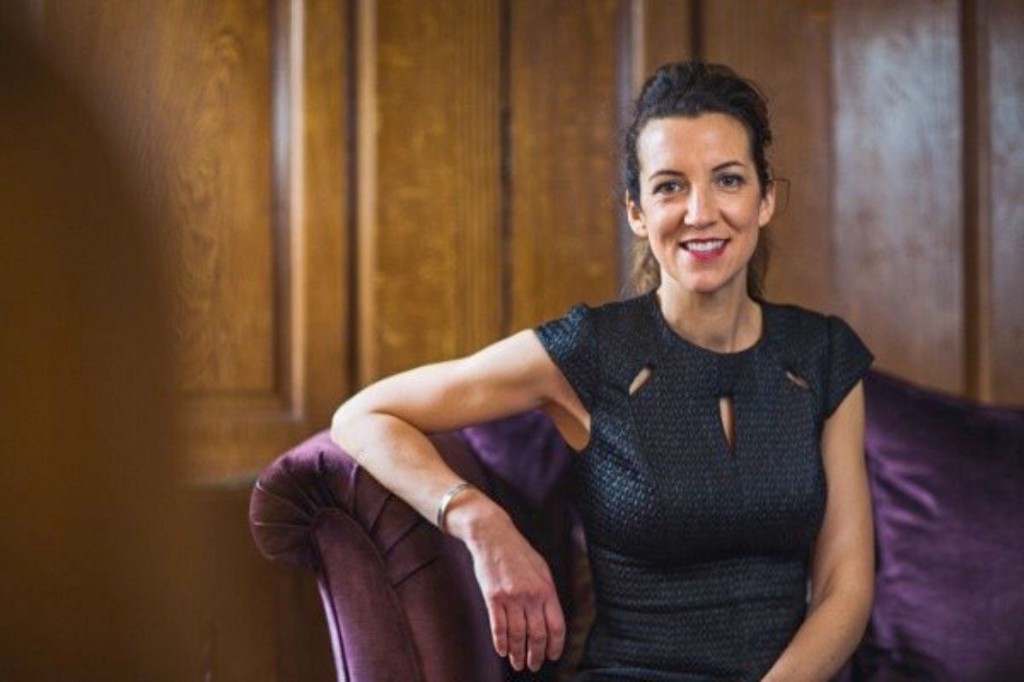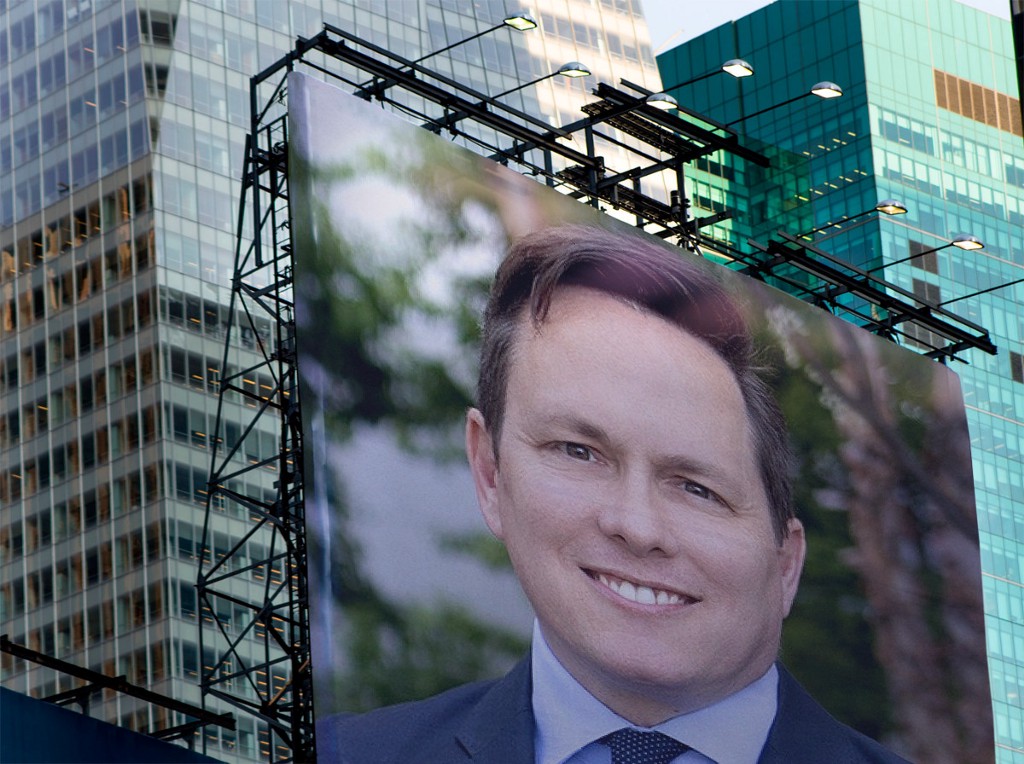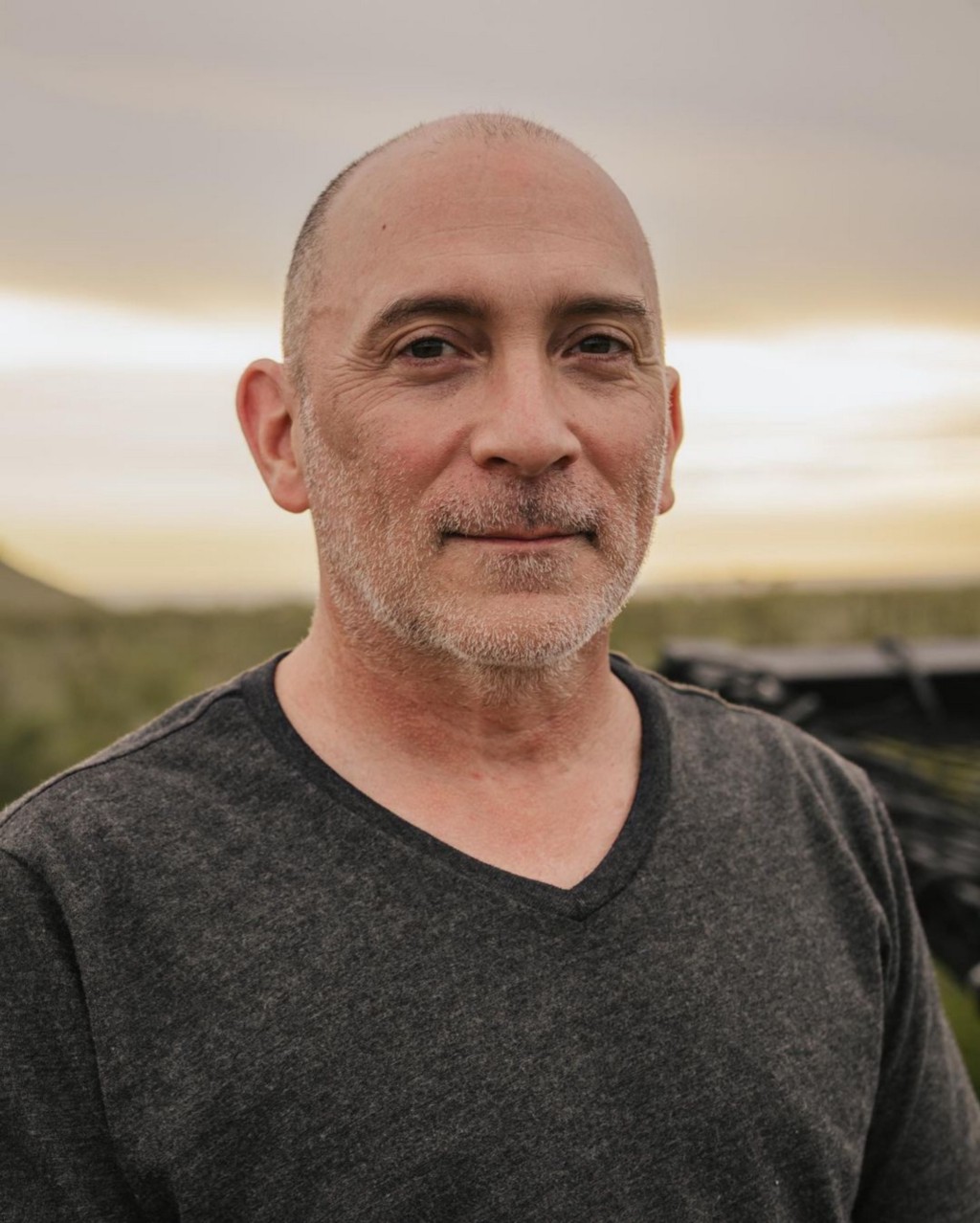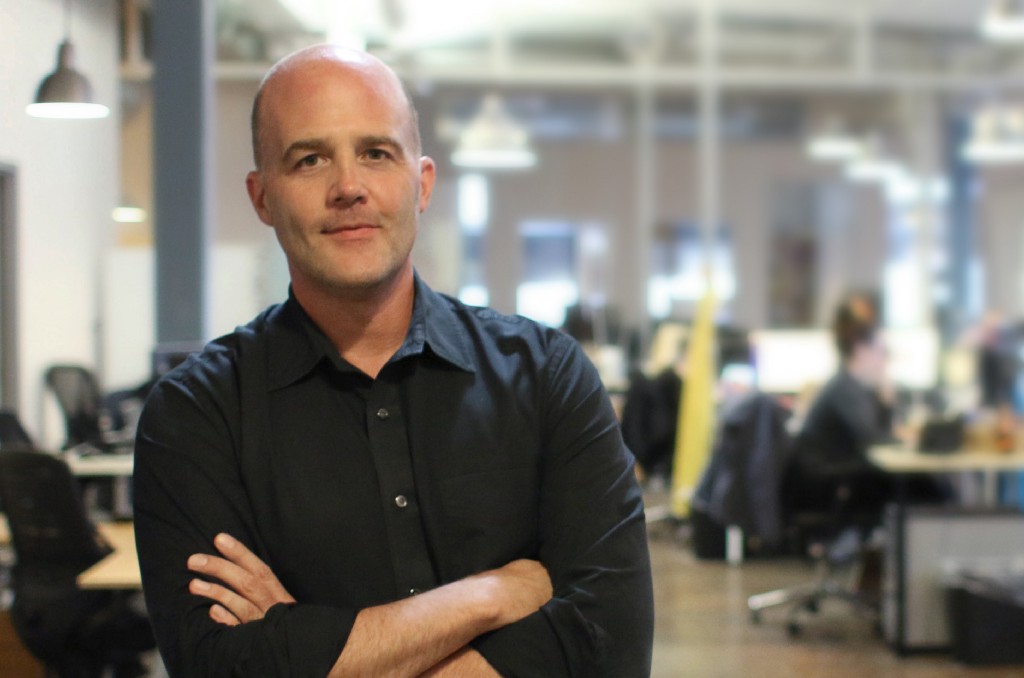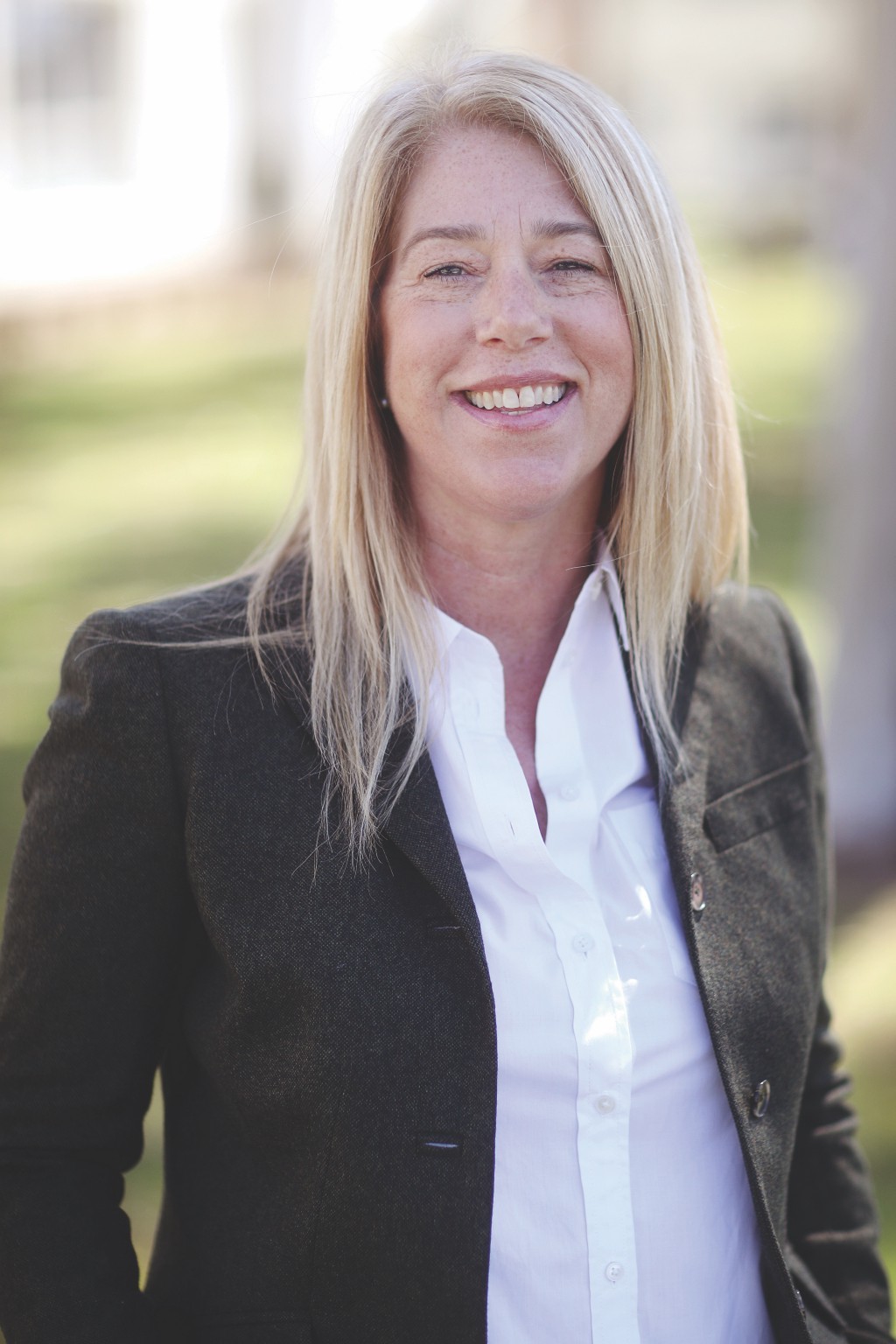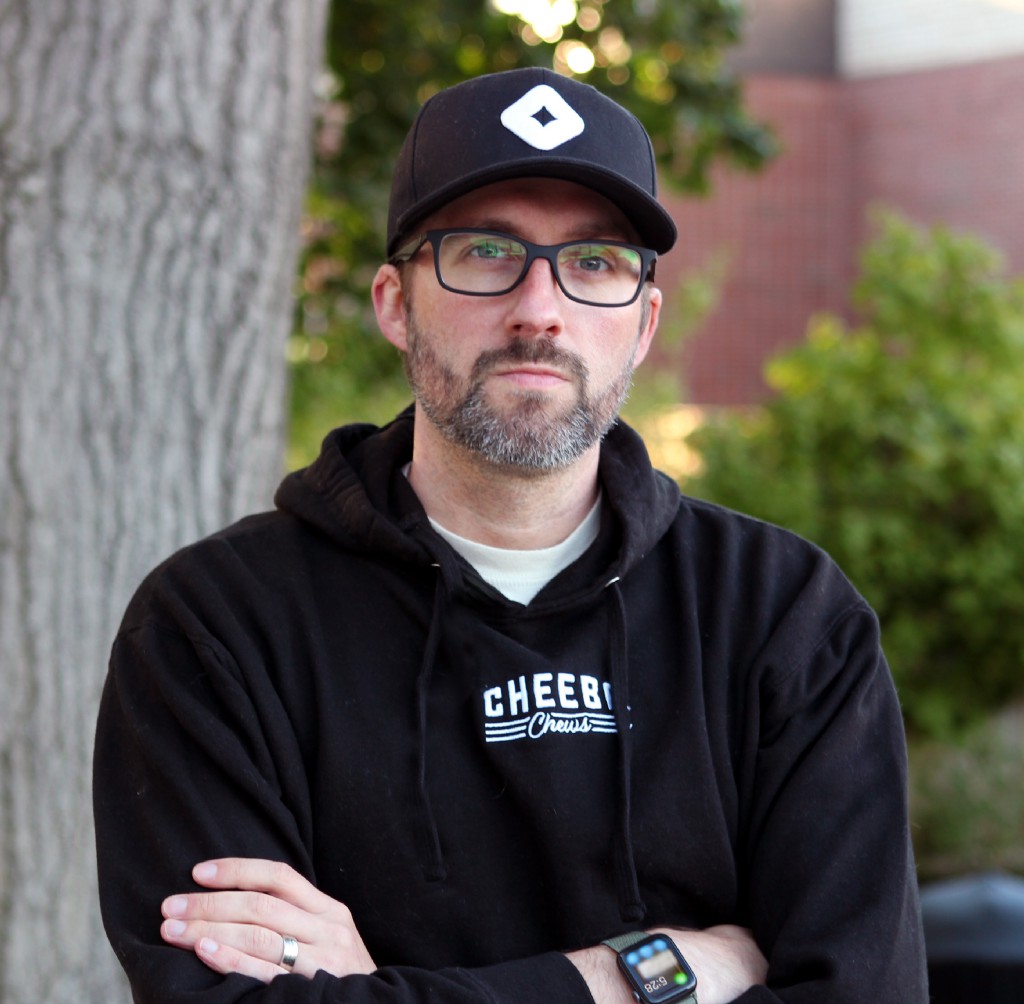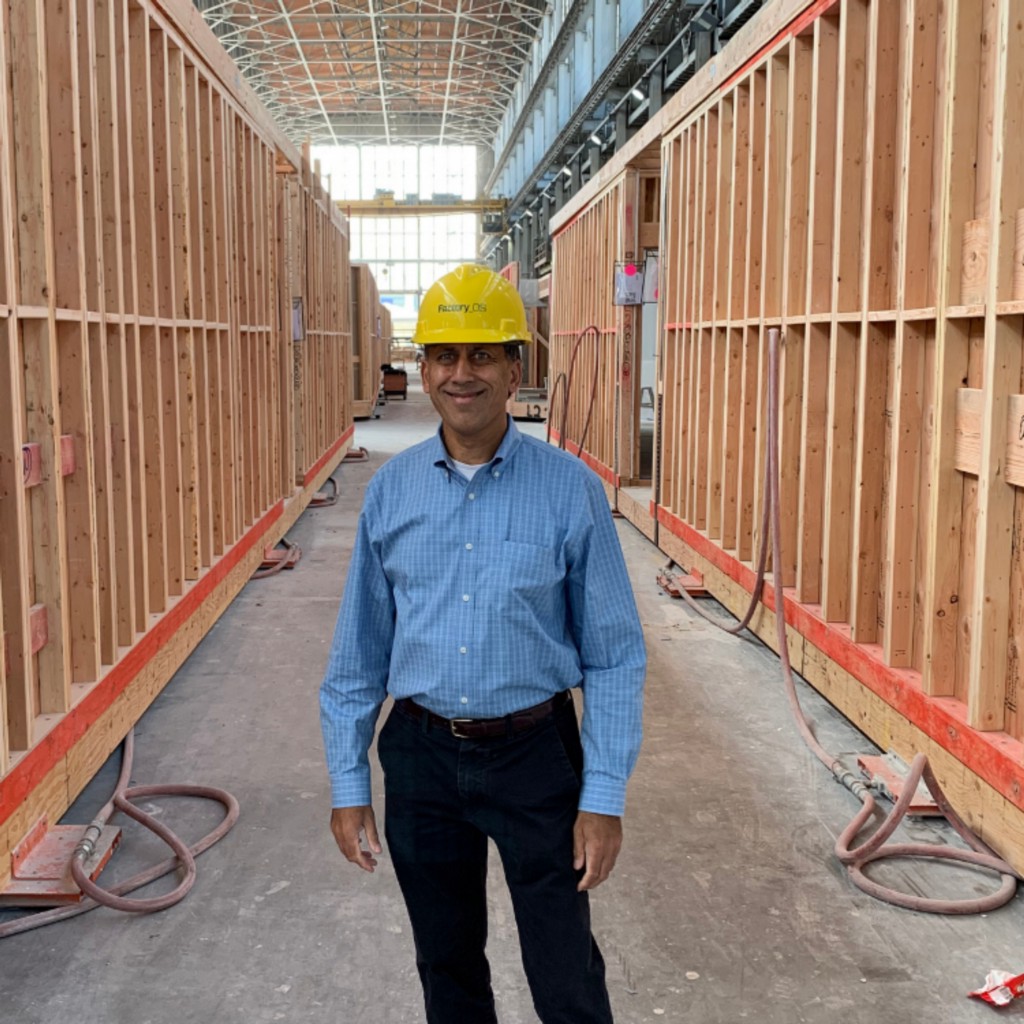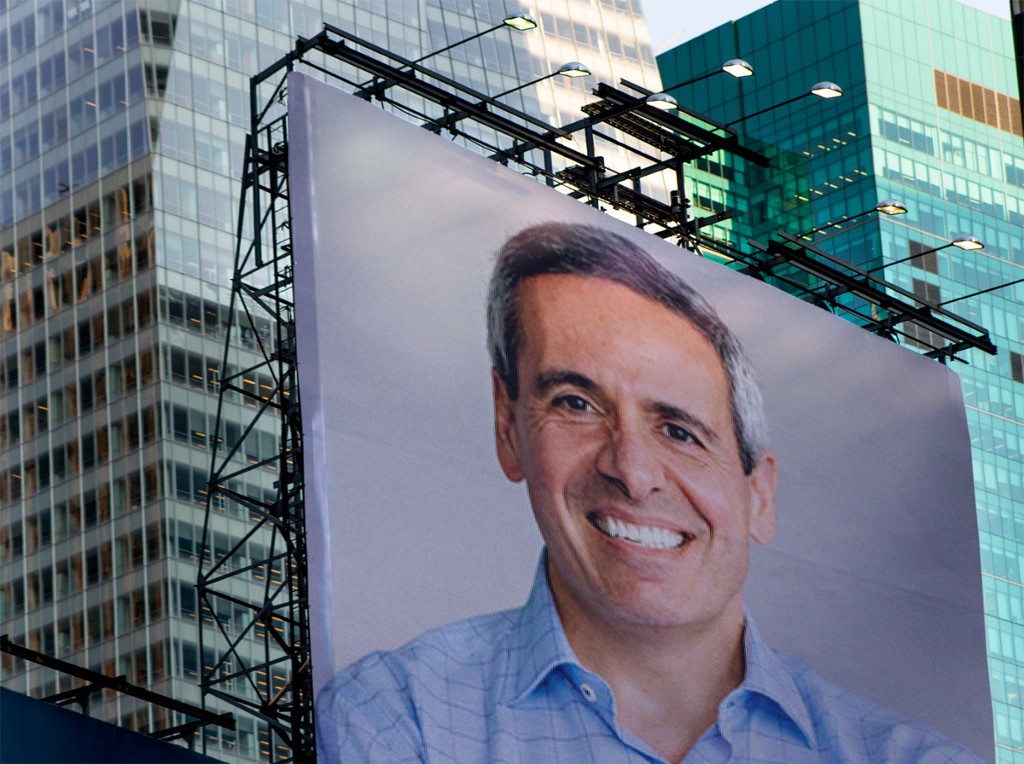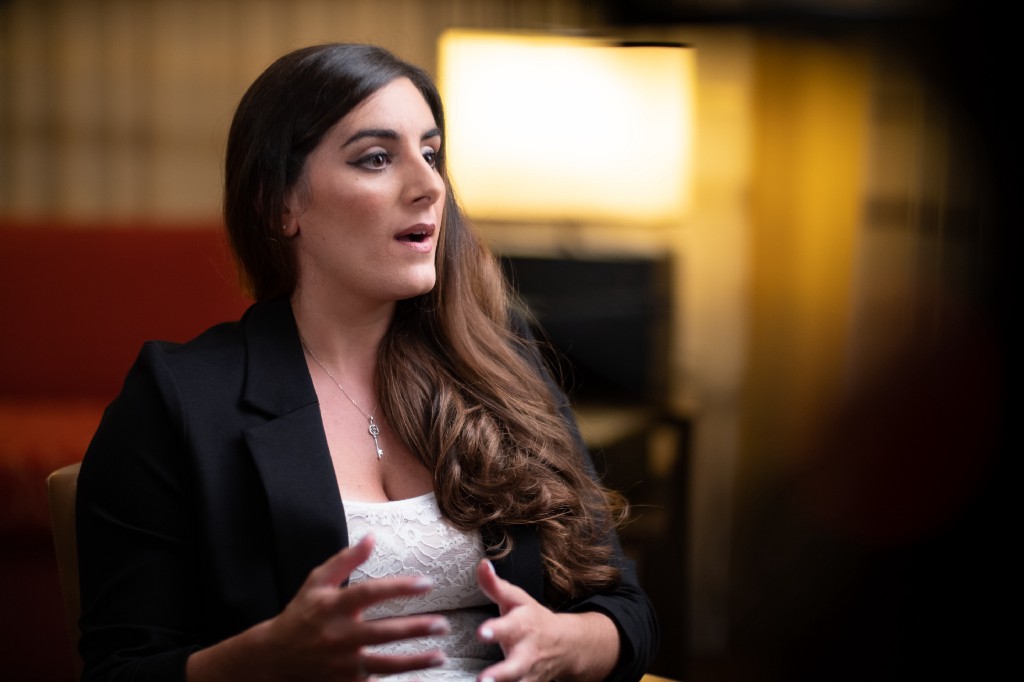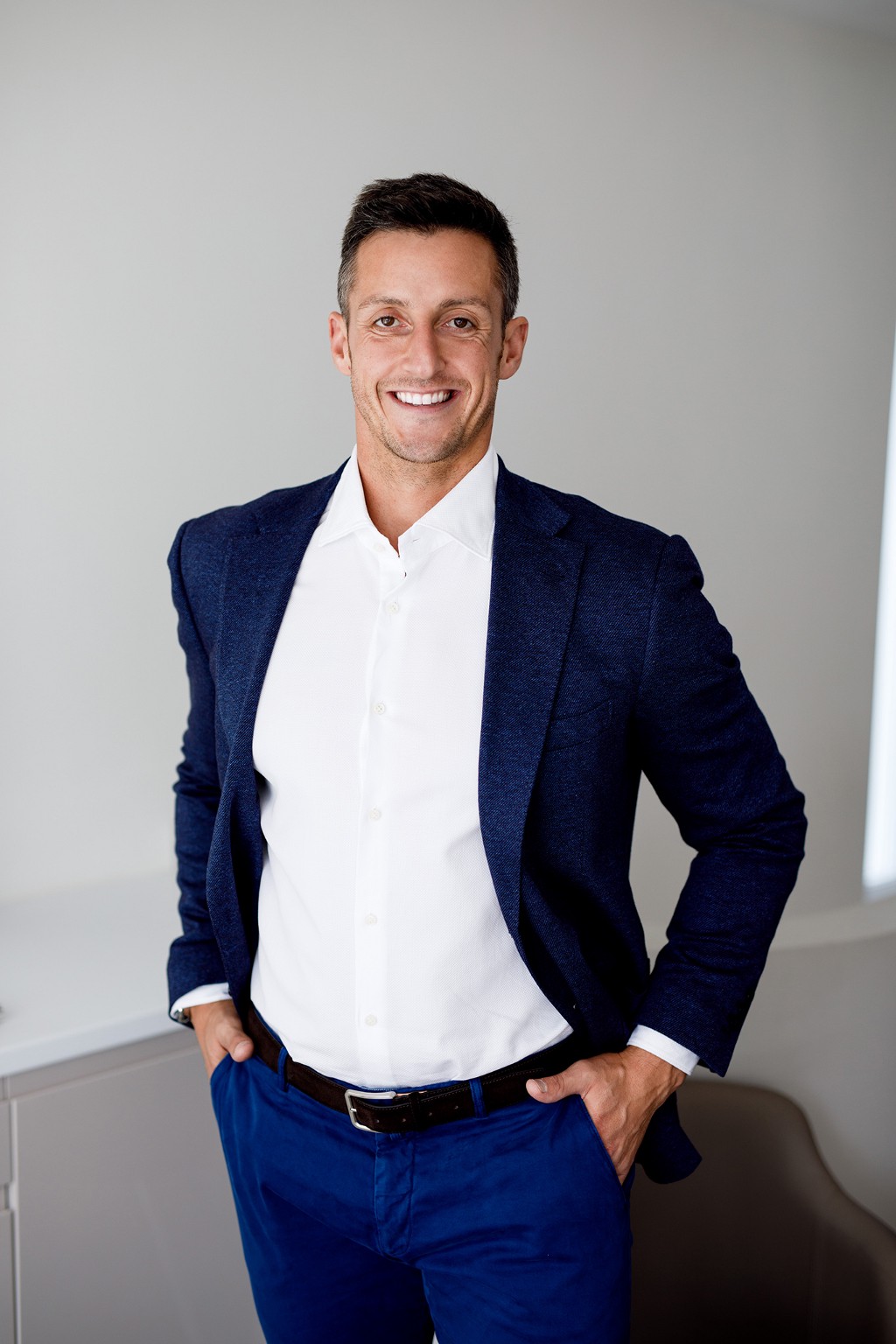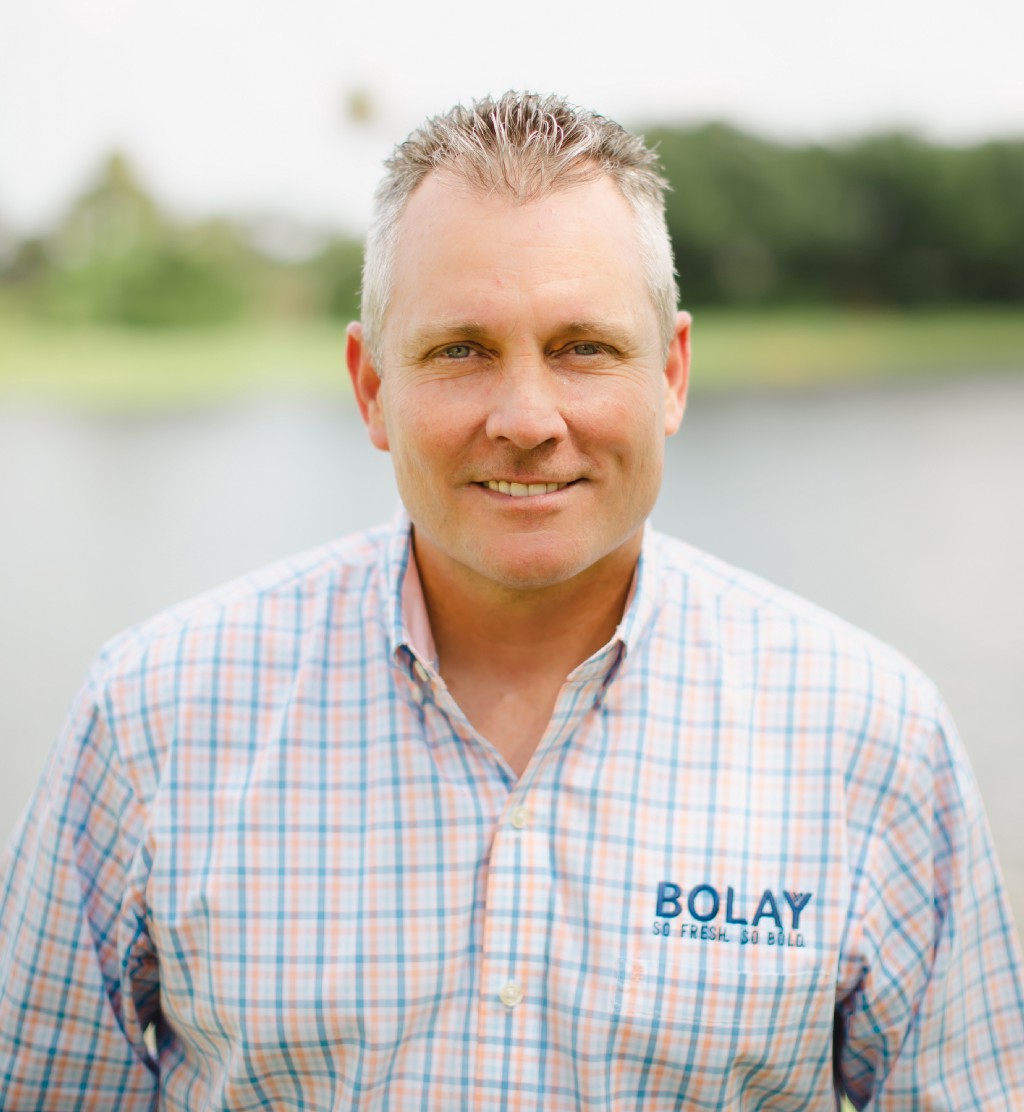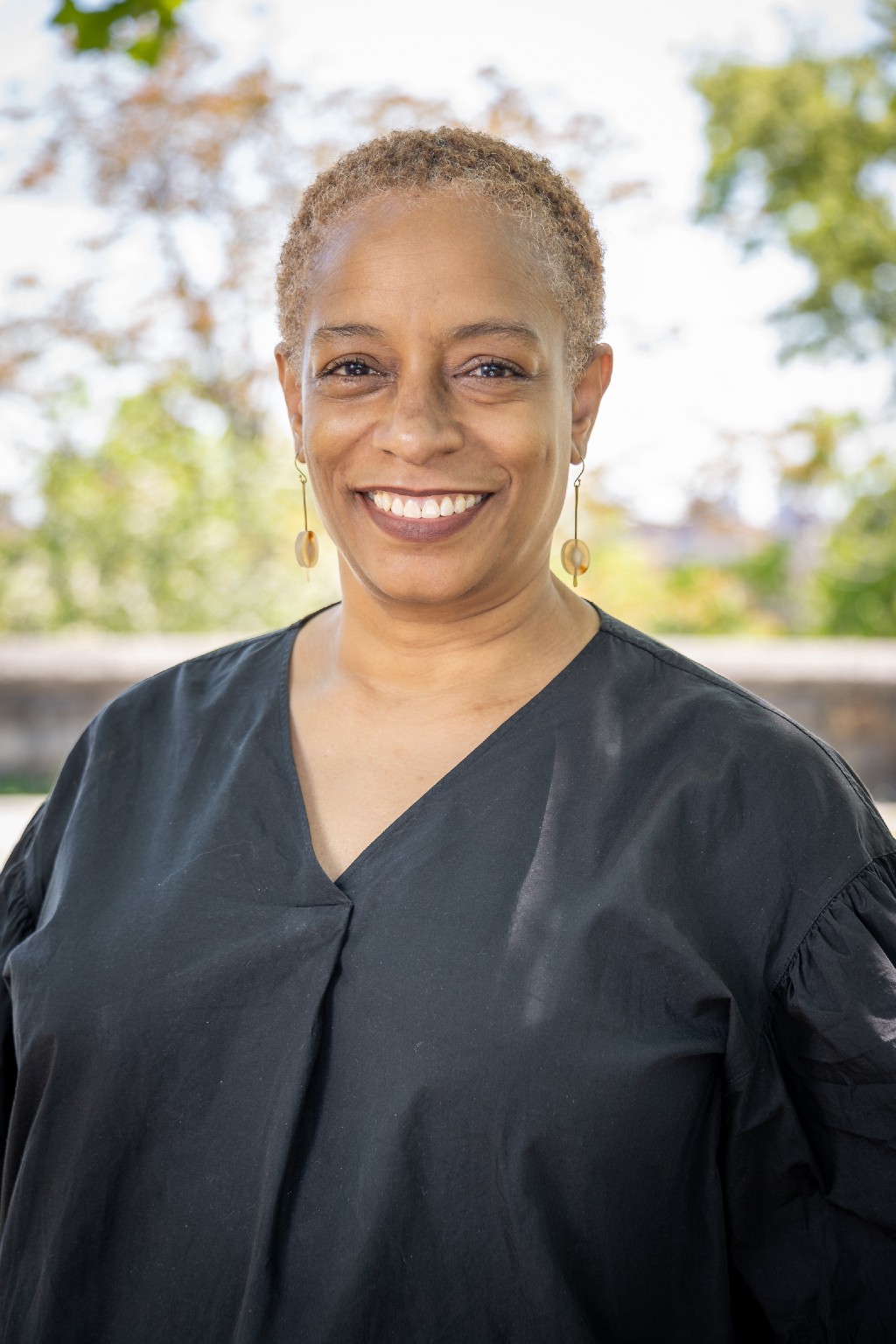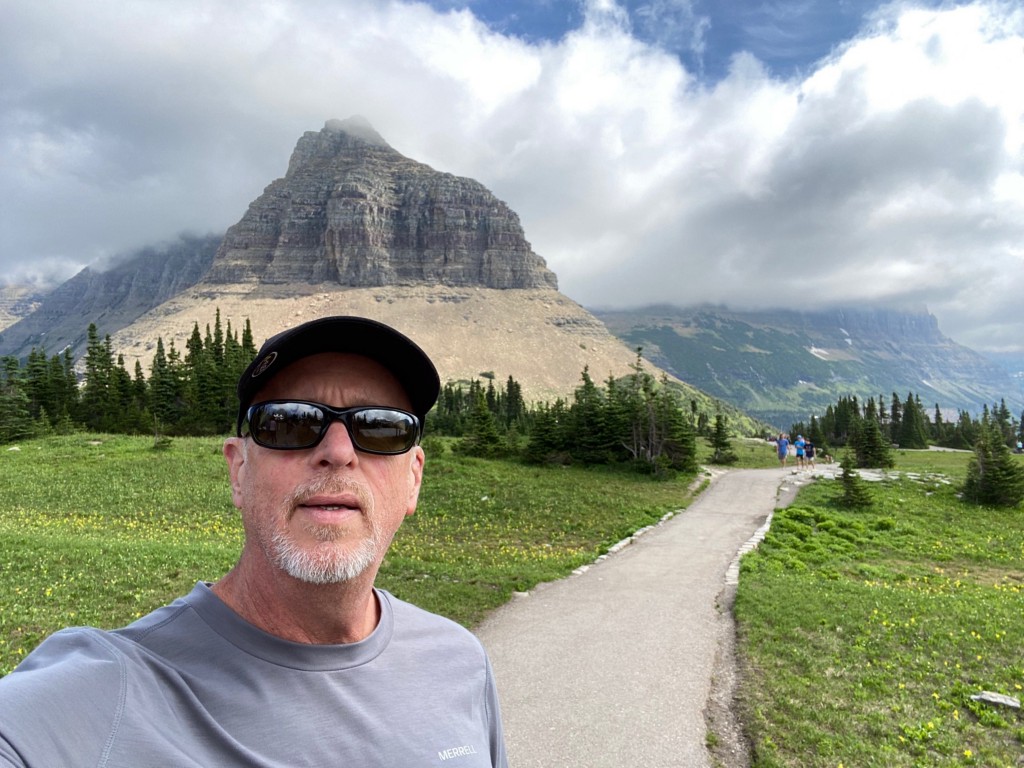The Future Is Now: Anthony Habayeb Of Monitaur On How Their Technological Innovation Will Shake Up The Tech Scene
An Interview With Fotis Georgiadis
Remove any fear of failure. Ninety percent of startups will “fail.” It is so empowering to know this reality and know you are not restrained from making decisions because of fear.
As a part of our series about cutting-edge technological breakthroughs, I had the pleasure of interviewing Anthony Habayeb.
“Cutting-edge breakthroughs are only as good as the people and passion behind them. Great commercial opportunities derive from finding a connection and purpose in the problems and challenges you invest time in solving. My advice: Do What Matters. Build your career, markets or business with an outlook for impact that can improve our daily lives.” ~Anthony Habayeb
This statement embodies my conversation with Anthony Habayeb, founding CEO of Monitaur and former Accenture strategic advisor.
As founding CEO of Monitaur, an AI governance and assurance software company, Anthony helps business leaders and their organizations establish confidence and trust in AI systems. With governance and assurances, he firmly believes that we can accelerate AI and all of its great potential. By helping highly regulated industries build and deploy responsible AI and machine learning systems, Monitaur is unlocking the vast potential of intelligent systems to improve people’s lives.
Anthony’s journey as an “intrepreneur” led to helping leading large enterprises through their digital transformations and managing over $200M in global P&L at companies like Yahoo, Monster, and Gannet. In 2019, Anthony and partners founded Monitaur with a vision to create a new generation of software for artificial intelligence governance and machine learning assurance.
Anthony lives outside Boston with his wife, two kids, two dogs and way too many hobbies than there are hours in the day. He is passionate about raising money to eradicate cancer and creating opportunities for underserved youth, as evidenced by his seventh straight year of riding his bike 200 miles in the Pan-Mass Challenge for cancer research.
Thank you so much for doing this with us! Can you tell us a story about what brought you to this specific career path?
Throughout my career, I have always tried to spend time on the things that matter. I have always been very mission- and impact-focused. I think what Monitaur is doing is hugely important.
I fundamentally believe that artificial intelligence can make our lives better. I recognize that there is a real fear and concern about how these systems can hurt us or cause harm and just how much we need to grow confidence and trust in the people building these systems and the systems themselves. I am here building Monitaur because if Monitaur can deliver on its potential of delivering trust and confidence in AI, we can help AI to make our lives better. To me, that’s inspiring.
Can you share the most interesting story that happened to you since you began your career?
Such a hard question. I would like to share a learning developed over my career that was, at times, incredibly hard. The struggle between becoming a generalist or a specialist career journey.
I emphatically do not agree with the argument some make that encourages specialization as “the best” career path. I went to a small liberal arts university, Otterbein University in Ohio, that accelerated my foundation for wandering curiosity which has impacted me throughout my career. Accenture paid me to learn and build skills across a range of different industries and problems. At Yahoo and Monster, my time spanned sales operations, channel development, product development, business general management, and marketing. At ThriveHive, I had the opportunity to drive hypergrowth, lead acquisitions, run finances, and disrupt a big company in Gannett.
My journey is one of a generalist — but by design, despite a lot of opinions to specialize in one function. It has helped me become the best possible partner to my amazing team running their part of the business, appreciate the challenges of their roles, offer real experience, and be able to recognize exceptional talent.
Generalist vs. specialist is indeed a decision path, and both have their challenges. However, if you are reading this and feel excited and passionate about building skills and experience “across the business,” do it!
Can you tell us about the cutting-edge technological breakthroughs that you are working on? How do you think that will help people?
Most of the world does not truly understand how artificial intelligence works. Or, they hear about artificial intelligence or black boxes, and they have no idea what to think about that kind of technology deciding if you get a job, insurance, or a certain medical treatment.
At Monitaur, we have gone really deep to connect with the people who are building AI and ML to create transparency, accountability and verifiability in those systems. It’s hard, and we are very proud of the novel ways we have built technology that enables large companies to establish control and visibility over a complex system. There are a lot of individual pieces of technology and innovation that come together to build a novel solution that creates confidence, trust and assurances in AI systems.
How do you think this might change the world?
Artificial intelligence is already well on its way to becoming an integral part of so much that we do across the world. It’s already starting to change the world. Look no further than life-saving advances like driver-assist technologies in the majority of new cars, or — even more poignant right now — how it has helped speed the development of COVID-19 vaccine and drug discovery.
Here’s the rub though: We have to be able to trust it for it to deliver those amazing innovations, and right now, AI has a lot of the wrong kind of attention because of very public disasters like false arrests and discriminatory algorithms. We have what are considered AI systems — but are actually machine learning applications — making decisions about our finances, health, employment and so many other aspects of our everyday lives. So, our lives are going to be different. They already are different thanks to advancements to data, machine learning and artificial intelligence. Monitaur is here to enable that potential to happen sooner and in a more trusted way.
Keeping “Black Mirror” in mind, can you see any potential drawbacks about this technology that people should think more deeply about?
At the most basic level, we don’t even appreciate how prevalent algorithms and machine learning systems already are across our lives. The news and advertisements we consume, the social media content we see, the prices we get for financial products, the jobs we apply to and never get to the hiring manager — all of those are hugely influenced or filtered by technology some might call “AI.”
Scenes from “Black Mirror” or the “Terminator” movies dramatize the extreme and scary world of AI. However, some of the biggest influences on these dramatizations are already happening today in small, “micro-moments.”
People should think about what controls are, or are not, in place to help protect them from manipulation, coercion or harm. Once you realize how much is already happening, it demonstrates the obvious and necessary importance of governance over these AI systems.
Was there a “tipping point” that led you to this breakthrough? Can you tell us that story?
I’ll answer this in two ways: technological breakthroughs and business breakthroughs.
The technological breakthroughs are very much thanks to my co-founder, Andrew Clark, who I think is uniquely a mind that is obsessed and capable of creating accountability and auditability in machine learning systems. So, technologically, I definitely point to his vision and ability to lead our team to execute on those ideas in the software that we’re building.
From a business perspective, my “ah-ha” moment, if you will, arose from a business I came across called Butterfly Network that is building AI-based radiology that attaches to your iPhone. About two-thirds of the world do not have access to radiological devices. On top of that, there aren’t even enough radiologists in the world to read the scans that we are putting out there. And I thought about a future world where we can bring better healthcare to vastly more people across the world. Are there broken bones or something going on in your stomach that needs immediate attention? We could bring that technology to places that have never had it before. That’s incredibly exciting to me!
Then, almost immediately after, I was on a bike ride with some doctors talking about this article I read. They brought up the risks and concerns about patient protection and the myriad regulations that prevent AI technology like that from being used. I started going down a path of “Well, wait a minute. How many technologies are out there that can’t be used because of that? And is there something that I could do to help reduce that friction?” That is what led me to create Monitaur and has led to where we are today.
What do you need to lead this technology to widespread adoption?
Many of the elements that can help Monitaur succeed and help it become the company I hope it will be are already happening. We’re already seeing widespread deployment and investment in machine learning and AI. We’re already seeing regulatory and consumer concerns about how these systems impact our lives. At the same time, we’re recognizing the positive potential all of these applications could have on our lives despite those questions. And the sum of those parts, the steady drumbeat in growth of this wave of AI innovation is a tailwind that Monitaur can follow and benefit from. So, sure, if some large company has a big, catastrophic moment that is caused by an AI system being unchecked or unregulated or not monitored, that would certainly help accelerate our growth. But, we don’t need that. We’re seeing great enterprise awareness and investment in the need to build governance and controls around AI systems.
If you think about Geoffrey Moore and innovation, there’s always a distribution of early adopters versus when the full market is ready to address the problem. We’re in the early innings. Ultimately, I think a lot of market dynamics are already in place to help Monitaur, and companies like Monitaur, become important parts of a future AI economy. With such importance in the work that we are doing, we will not be the only company out there working to bring confidence and trust to AI systems.
What have you been doing to publicize this idea? Have you been using any innovative marketing strategies?
I’m a big fan of not reinventing the wheel when you don’t have to. There’s a lot of buzz about account-based marketing (ABM) — this “new” exciting approach that’s reinvigorating the “old-school” approach of knowing the accounts that you would like to talk to and finding the people at those accounts who will understand your value best. There are some great new ABM tools (shoutout to my friends at Alyce) that help automate and enable ABM. But in many ways, account-based approaches are all about enhancing a traditional enterprise, multi-stakeholder sales journey with modern digital tools. I’m still a huge believer in the value of a good human-to-human sales process and journey. I’m a fan of being intentional about what accounts you’re trying to sell to and being well-informed when you go into those accounts.
On the marketing side, we are leaning into the growing discussion that’s happening right now around important topics like AI governance, responsible AI, and algorithmic accountability. We publish the Machine Learning Assurance Newsletter on the latest news and perspectives from the intersection of AI, risk and regulation. It’s been a big hit with people who are working on the last-mile problems of putting AI principles into practice in highly regulated spaces, where the potential for AI and the complexities are both massive. Also, I have been trying to highlight some of the most important stories and topics in short videos on LinkedIn and YouTube.
I’m not sure I’d call any of that “innovative.” It’s really just the nuts and bolts of executing on a solid go-to-market enterprise B2B SaaS strategy.
None of us are able to achieve success without some help along the way. Is there a particular person who you are grateful toward who helped get you to where you are? Can you share a story about that?
I don’t think it would be fair to call out any one person in my journey except my wife Amy who deserves more than a quick story.
I would call on every person that helped me build my career through mentorship. I have tried to surround myself with not only people who have the same opinion but also people who have different perspectives. I have some mentors that stayed at one company their entire career, some mentors that have a new startup idea every month, some who have built multibillion-dollar companies that had massive exits, and some who still have not succeeded. Some folks, I don’t agree with their people principles — how they build an organization and culture. Others, if I could even accomplish one tenth in terms of what they did in terms of culture building, I would be extremely proud.
My biggest piece of advice: Be very intentional in what your mentors have done and the experiences they bring. Think about what kinds of thoughts you want to help shape you. What kinds of people and experiences would you like to have access to? Then, seek them out. Be sure to give them space to share their thoughts, and show them how their insights help you to frame how you move forward in the world. And then, let them see you’re doing the same for someone else who needs mentors. So, I would not call out one person. There are so many people in my life that I would thank.
How have you used your success to bring goodness to the world?
I do not believe that only successful people can cause impact. I think anyone with an idea and a passion can actually cause a more disproportionate impact than they might expect. I think the key to that is actually believing that you can achieve that impact.
On a professional level at Monitaur, we are bringing goodness to the world — by delivering confidence and trust in AI, we are helping to accelerate the positive impact on our everyday lives.
On a personal mission — I really hate cancer. I would love to see an end to cancer, and I put in a lot of energy that has no relationship with my success toward building a team to drive fundraising for Dana-Farber Cancer Institute. That work is brute force, it’s focus, and it’s passion that causes impact. This year, we raised over $150,000 to go toward the Dana-Farber Cancer Institute. Why was that successful? Not because Anthony has been successful but because I believe in something and put energy and passion toward it. I think that’s infectious.
What are your “5 Things I Wish Someone Told Me Before I Started” and why. (Please share a story or example for each.)
First, remove any fear of failure. Ninety percent of startups will “fail.” It is so empowering to know this reality and know you are not restrained from making decisions because of fear.
Second, build and nurture a community around your company and employees. Supporters and believers matter. Every employee — and the company as a whole — will hit moments of doubt and failure. Curating family, friends, investors and believers around your team and company to celebrate wins and encourage during losses is HUGE.
Third, establish one very deep, hands-on company relationship with an advisor who has the right character and relevant experience to you. While a broad coverage of mentors is something I believe in, it’s hard to have a great impact if a mentor is not “in the weeds” with you. Drive a recruitment process early in your journey to find an experienced, opportunity-aligned individual who wants to be on the front lines with your company — someone who can uniquely offer guidance and thought partnership across all elements of building the company.
Fourth, invest time to build relationships and talk about hard and uncomfortable topics with your co-founders. You will fight, disagree, lose confidence in, and question your co-founders at some point in your journey … guaranteed. Invest time early in projecting your minds into the future along with your co-founders about these potential moments and talk about how you would feel. Imagine a future world where one of you is no longer a fit, you run out of money, you take on a bad investor, or you make a bad hire. One or all of these might happen, and being prepared and realistic about these events helps minimize their future distraction and risk to the business; thanks to Techstars programming for this one.
Fifth, know there IS NOT an obvious path or playbook for any company. The number of opinions and experts about “how to build your company” are only second to the number of experts that gave my wife and I advice before our first child was born! You need to have confidence and build an ability to listen, process, contextualize and act — or don’t act.
You are a person of great influence. If you could inspire a movement that would bring the most amount of good to the most amount of people, what would that be? You never know what your idea can trigger. 🙂
Lately, I’ve had this phrase that I’ve felt pretty connected to: “Do What Matters.” It would be pretty amazing to build a social movement around Do What Matters. By that, I mean we only have so much time in our life. Time is the most precious commodity we have.
I turned 40 this year. I have an amazing family, and my kids are getting older. More and more every day, I feel that connection with the scarcity of time. Forty is not that old, but still I feel this worry about holding on to time.
Do What Matters means to be super intentional about where you spend your time. Spend it where you can have the greatest impact or where it brings you the most excitement and joy. Be very critical of “Is the thing I’m doing right now satisfying? Is this thing incremental or beneficial to the person I am or want to be? Is this a human I want to spend time with? Is it mutual? Is it one-way or counterproductive?”
Back to this example of raising money for cancer, there are so many other causes and places I could put the money and energy toward. I am deciding to raise money for an organization I think has more impact than others, doing it with a place that matters.
So, there’s a simple test that I think everyone can apply to their lives: When you’re doing something in the moment, does this matter? When you are considering two options of where you can spend your time, which one has the best impact on you or society? Continually filter your time to where it matters. Maybe I’ll make a T-shirt and start wearing it: Do What Matters. I’d love to see people at least think about that question and change one thing about their life.
Can you please give us your favorite “Life Lesson Quote”? Can you share how that was relevant to you in your life?
This is another T-shirt I need because I say this all the time. My team and my family are probably sick of hearing it. It’s a lesson from my grandfather. Two simple rules when I graduated from college and began my first job: Surround yourself with good people, and honor your name. If you do those two things, everything will work out fine. I probably annoy people with how often I talk about those two simple rules and how it shapes decisions throughout my career and life.
Some very well-known VCs read this column. If you had 60 seconds to make a pitch to a VC, what would you say? He or she might just see this if we tag them 🙂
We have a lot of great existing investors around our business and, increasingly, it seems the venture capital community is getting excited and motivated to put money into AI governance. Everyone is becoming more aware of the importance and opportunity of this space.
I’m looking for good people as future business and venture partners … the right kinds of people to put around our business — back to my grandfather’s simple principles. Right now, I’m not concerned about Monitaur finding capital or the availability of VCs for Monitaur. What I am concerned about is having the opportunity to build a confidence that these are the investors to put around our business. We’ve been super intentional about the excellent angels and VCs that have helped Monitaur get to this point. As we move forward, I will disproportionately obsess with “Is this lead investor and their capital the kind of capital we want around our company?” Not just “Do they have the money we would like?” And that’s not easy, but I will put in the time to filter opportunities and build relationships to make sure we have the right people that will not only bring money to the table but also bring their alignment around certain principles, values and potential to drive the mission to Monitaur.
How can our readers follow you on social media?
Personally, I spend my time sharing and engaging on LinkedIn. I also host a video newscast on trends and activity in machine learning on YouTube and publish the Machine Learning Assurance Newsletter on the latest news and perspectives from the intersection of AI, risk and regulation.
You can also follow Monitaur on LinkedIn or Twitter to keep up with us on the social perspective, or visit our website at www.monitaur.ai.
Outside of Monitaur — for anyone who is excited and potentially interested in supporting the efforts that I take on personally in raising money for Dana-Farber Cancer Institute — I’m on Instagram and Facebook @/FunkYouCancer.
Thank you so much for joining us. This was very inspirational.
The Future Is Now: Anthony Habayeb Of Monitaur On How Their Technological Innovation Will Shake Up… was originally published in Authority Magazine on Medium, where people are continuing the conversation by highlighting and responding to this story.

